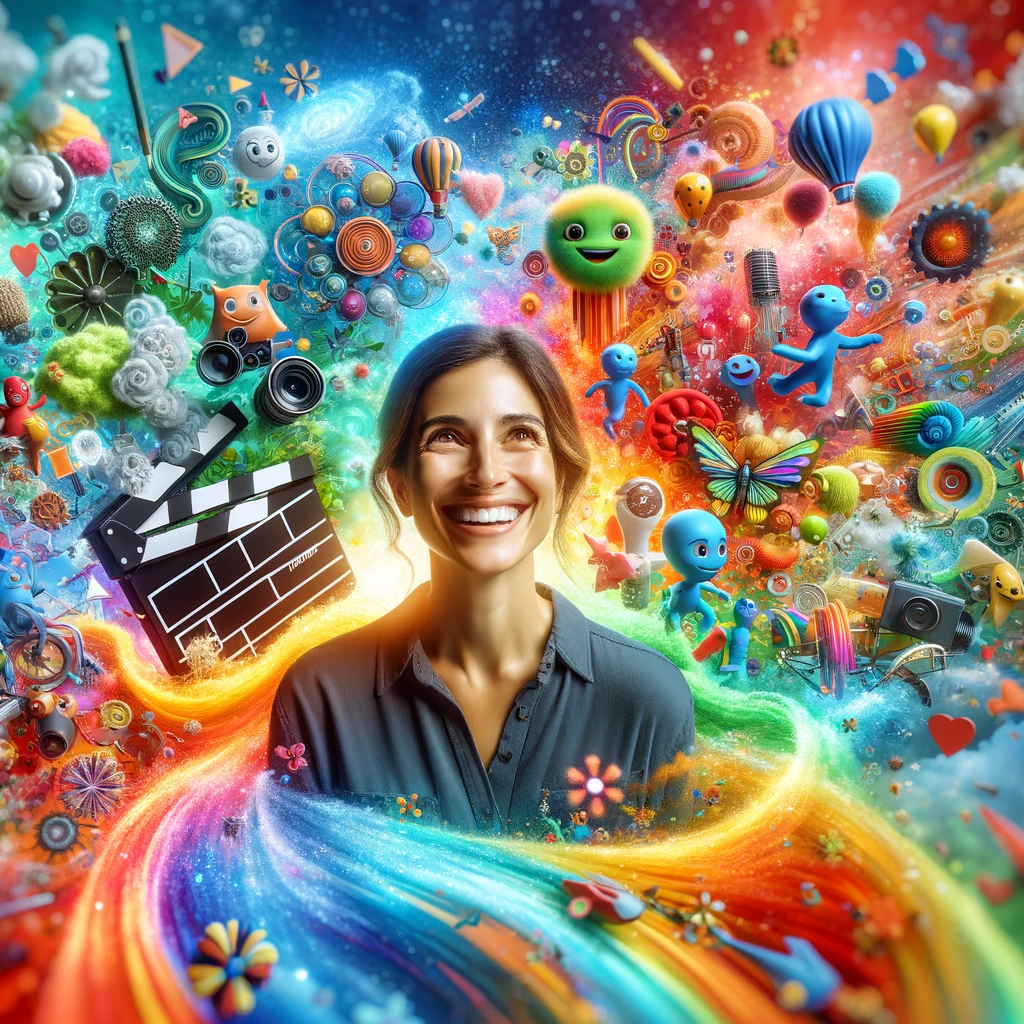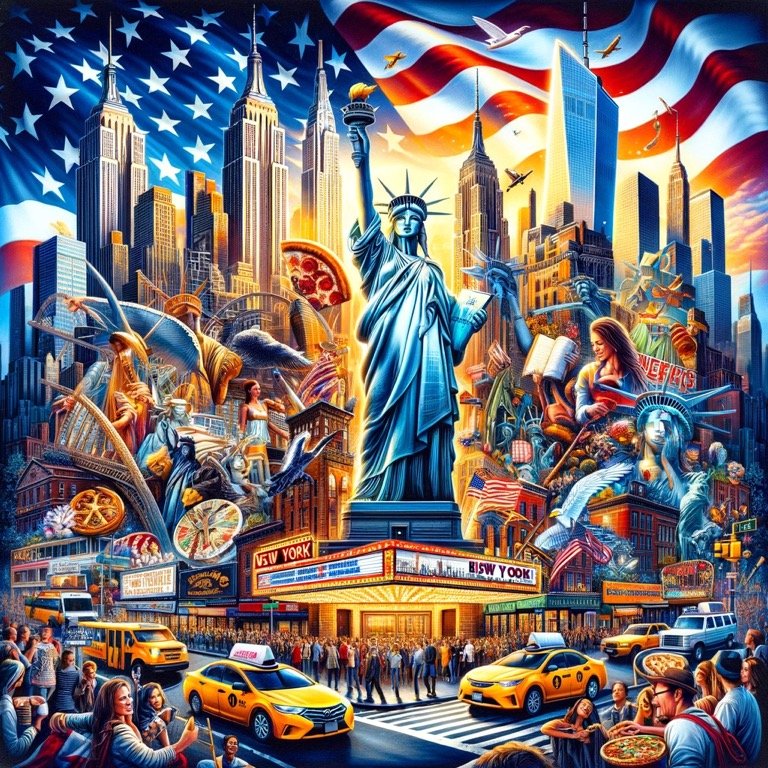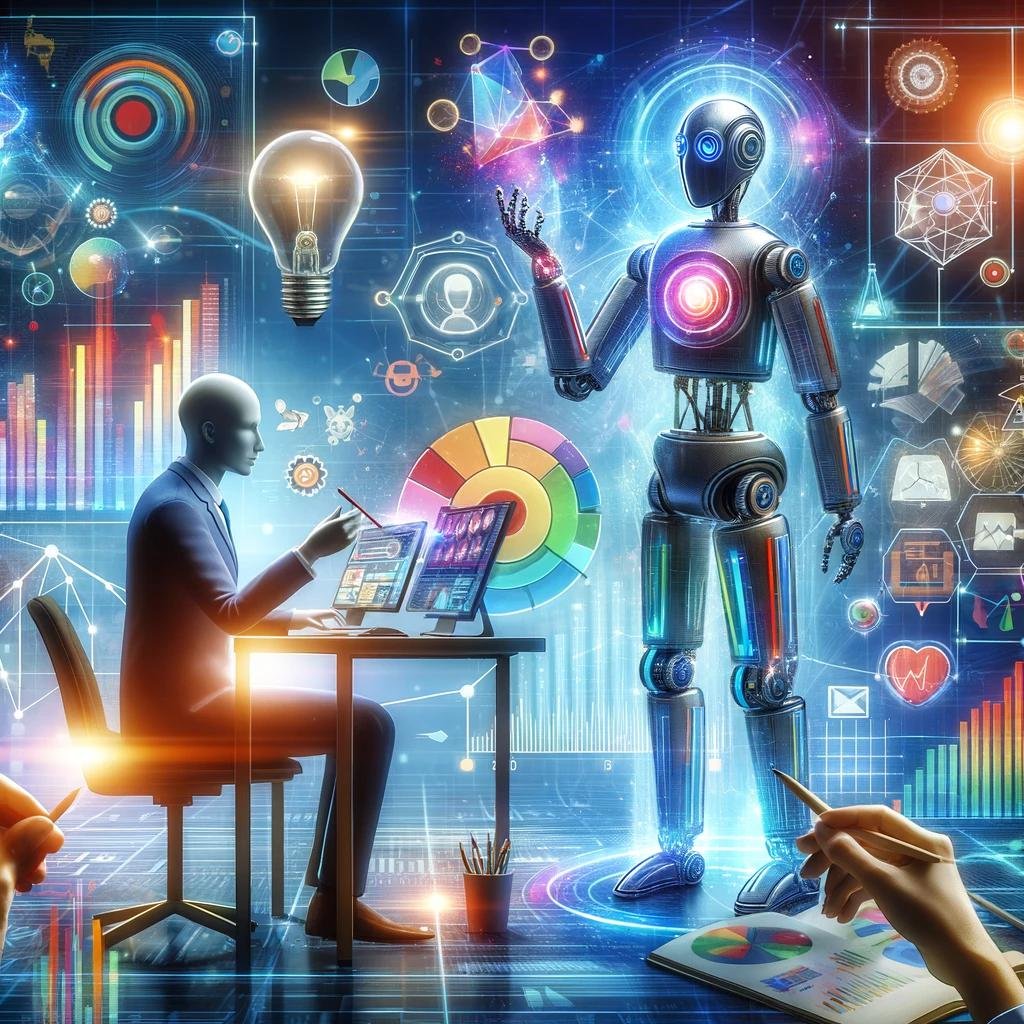In 2023, the landscape of video content creation is being dramatically reshaped by AI, with tools that offer groundbreaking capabilities. These advancements, however, come with significant societal implications. This post will explore the top 5 AI video content tools, examining their impact on creativity, societal narratives, and the ethical dilemmas they pose.
1. Adobe Premiere Pro - Adobe Premiere Pro, known for professional editing features, now integrates AI for automatic scene detection and custom captions.
Example: Its AI capabilities have been pivotal in documentary filmmaking, enabling automatic transcription and captioning of extensive interviews, thereby expediting the editing process.
2. Topaz Video AI - Topaz Video AI excels in motion interpolation and detail recovery, making it ideal for upscaling and remastering.
Impact: Film restoration experts have used it to upgrade classic movies to 4K, revitalizing old content for modern audiences.
3. Filmora - Filmora, with its AI copywriting and preset templates, is perfect for beginners and social media influencers.
Example: Social media influencers frequently use Filmora for quick content creation, making video production more accessible.
4. Synthesia - Synthesia is renowned for AI avatars and text-to-video transformations, with significant creative and ethical implications.
Impact: Educational platforms utilize Synthesia for multilingual content, but the tool's potential for creating misleading political deepfakes is concerning.
5. Runway.ml - Runway.ml offers a suite of AI-powered video editing solutions, enhancing the capabilities of independent filmmakers.
Example: Independent filmmakers use Runway.ml for advanced features like object removal and automatic subtitles, enabling professional productions on tight budgets.
Societal Impact and Examples
The societal impact of these AI video tools is profound. Synthesia, for instance, was used to create a deepfake of Ukrainian President Volodymyr Zelensky, which was quickly identified but highlighted the potential for geopolitical misuse. Similarly, a deepfake of Tom Cruise on social media demonstrated the technology's realism, raising concerns about its potential for creating convincing misinformation.
These tools have also been used for creative and beneficial purposes. For example, Adobe Premiere Pro's AI features have been employed in educational content creation, making complex topics more engaging and accessible.
Ethical Considerations
The ethical considerations surrounding these tools are significant. The ease of creating realistic deepfakes poses a threat to the integrity of information and personal identity. As these technologies become more sophisticated, distinguishing between real and AI-generated content will become increasingly challenging, underscoring the need for regulations and ethical guidelines.
Conclusion
The top 5 AI video content tools of 2023 demonstrate both the immense potential and challenges of AI in video production. While they enable unparalleled creativity and efficiency, their impact on society, politics, and ethics cannot be overlooked. As we continue to harness these tools' capabilities, it's imperative to navigate their use responsibly and ethically, ensuring they contribute positively to society.




















